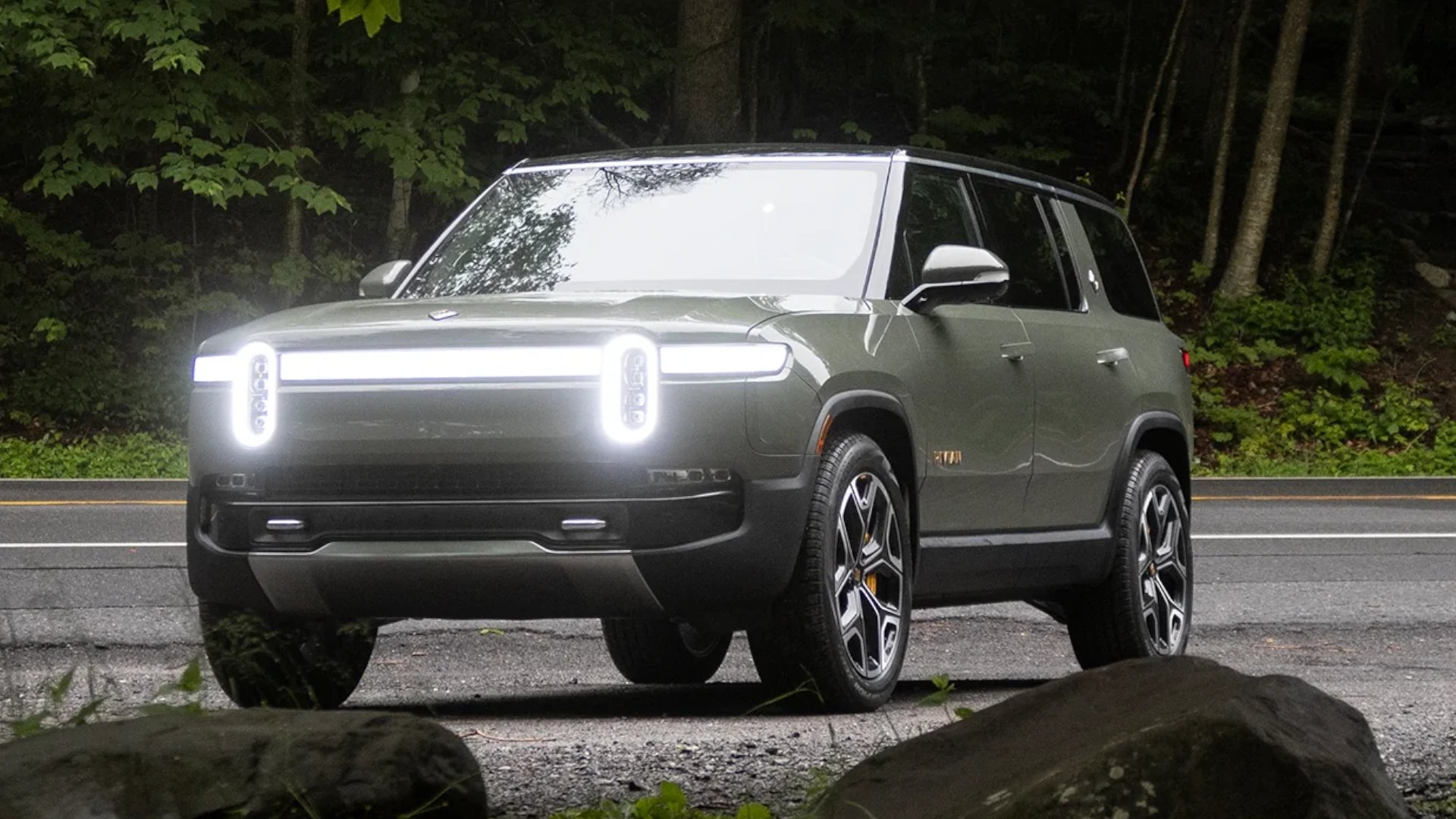

Rivian is looking to the future beyond simply building trucks and vans, with founder RJ Scaringe highlighting the company’s focus on driver assistance technologies.
Speaking at the recent TechCrunch Disrupt event, Scaringe noted that the current state of play has autonomous vehicles split into two categories. The Rivian CEO delineated so-called “hardware-heavy systems” which rely on expensive, top-tier sensor packages and computing systems worth hundreds of thousands of dollars. These vehicles aim at full autonomy, often going sans steering wheel. Think vehicles like Cruise’s self-driving taxis, with hundreds of thousands of dollars of hardware sprouting from the roof.
In contrast, there are “hardware-constrained” systems, that make do with simpler, cheaper sensors and less computing power. These are what we typically think of as advanced driver assistance systems (ADAS) today, like GM’s SuperCruise and Honda’s Sensing Elite. In some cases, these systems allow the driver to take their hands off the wheel, and even stop paying attention to the road. However, the human driver generally needs to be ready to step in if the system requests it.
Rivian is focusing on developing its own system called Driver+, which falls in the hardware-constrained category. It will be limited to SAE Level 3 driving on Rivian’s current vehicles. This is due to hardware limitations which means a human driver must be ready to take over in circumstances the system can’t handle.
The aim is to later develop the system to reach SAE Level 4, with new sensors and more computing power carried onboard. This would be a system capable of driving without any requirement for human intervention. In practice, such systems are typically subject to geofences. This only allows the system operate in areas where it can be trusted to work safely.
For now, Driver+ remains relatively simple compared to some of its ADAS rivals. According to the company, it offers “automatic steering, braking, and acceleration” on certain highways, along with assisted lane changes, and adaptive cruise control.
Rivian intends to leverage its fleet of commercial vehicles to help train its Driver+ system over time. “We get to leverage the learnings that occur between our consumer vehicles and our commercial vehicles,” said Scaringe, referring to the company’s fleet of vans built for Amazon. “The commercial vehicles which are driving on many different routes, frankly, all day long, so there’s this wonderful learning that you get from the deployed fleet,” he added.
Most automakers are tipping some level of resources into autonomous driving, either developing systems in house or looking to outside partners for help. It seems likely a time will come when the market will expect certain levels of driving assistance as standard, and Rivian is preparing for that eventuality.
Got a tip? Let the author know: lewin@thedrive.com